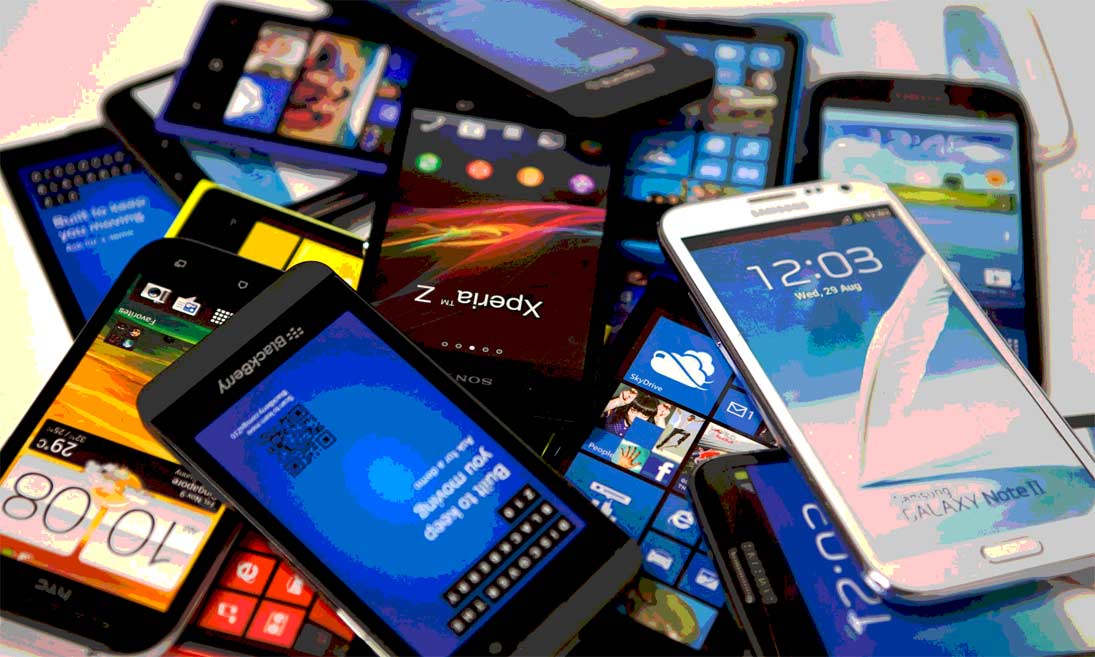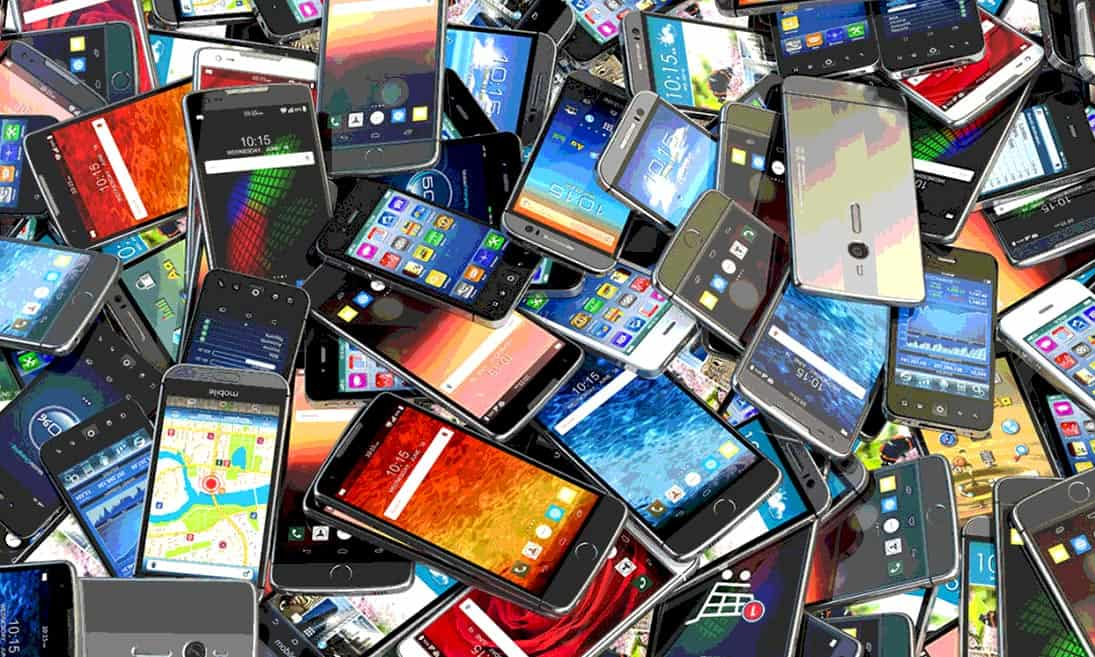Age matters. And in terms of technology, age matters like a lot.
Smartphones have become an integral part of our lives. These devices have become so close to people that a lot of device owners are inseparable from their devices.
However, with everyday usage, which include and not limited to: browsing the web, using social media apps, streaming videos, using emails and calls, means of file storage, playing games, taking pictures and videos, and more, phones will slow down eventually.
Smartphones tend to become slower and slower the older they get.
Sometimes, older devices can often lag so bad they may need one of a few restarts every single day to free up their memory.
This can be annoying, especially to those people who only have one device, and are dependent on it to complete day-to-days tasks.
If buying a new smartphone is not an option, there are ways to speed up that aging phone, by at least boosting up its performance.
Read: 'Memory Leak' Is The Main Reason Why People Should Restart Their Phone Often

Clean The Home Screen
The home screen is different from the app drawer. More than often, new apps have shortcuts there, and so do widgets.
These things can consume memory, when too much of them are placed.
Simply cleaning up the home screen should speed the phone a bit.
Turn Off Automatic Syncing
Most modern smartphones can sync data automatically. Among its many uses, it allows the phone to fetch emails, and messages, as well as receive notifications from apps in real time.
No matter how convenient this feature is, syncing requires resources to run. And turning off automatic syncing should make a phone run faster.
Turn Off Unused Sensors
Modern phones are packed with lots of sensors, in order to aid apps in doing what they do, and giving users the convenience of having a feature-packed device in their pocket.
However, these sensors can consume a lot of battery power, which in turn can force the operating system to set aside some of its resource. And this, can slow down the phone.
Turning off Bluetooth, Wi-Fi and GPS when not in use should boost battery usage significantly. Turning off NFC is another option.
Clear Cached Data
Users can use their phones for a lot of things, but every time they do something with their phone, the phone tracks their every single activity. Apps also do this so they can open faster.
This method is called caching.
When caches build up in the memory, it will make a phone run slower. Simply clearing the junk should help the phone reclaim its lost speed.
Disable Animations
Animations and transitions are pleasing to the eyes, but require lots of resources to run properly.
Turning off animations will make the user interface less appealing, but faster.
Use 'Lite' Apps
Some apps are packed with tons of features and functionalities. But it should be noted that most apps are designed to appeal newer devices, which tend to have more processing power and memory. Because apps are usually updated to have even more and more features and functionalities, as a result, those apps can run sluggishly on older devices.
Fortunately, popular apps have 'Lite' versions of themselves. These apps provide an almost identical experience to their fully-fledged counterparts, but designed to run on less powerful phones.
Lite apps require less resources to run, making them suitable for older phones.
Remove Bloatware And Unused Apps
Smartphones pack a lot of bloatware that might not be useful. Moreover, older phones may have more apps installed that are not anymore in use.
All of these apps take up space inside of the phone, eating up the ever-decreasing storage Removing these apps will free some of the valuable resources.
It should be noted that installed apps can be removed easily, but bloatware apps that come preinstalled may only be removed through rooting. If so, disabling the apps is the option to choose.
Delete Files
People use their phones as a storage for their files. From photos to videos, to emails and their attachments, documents and more. The older a phone gets, the more of this data will pile up.
For older phones that have less storage space, removing files can give them more resources to begin with, and also make them to create less caches.
This in turn should improve performance.
Use 'Data Saver' Mode
Some popular apps have what's called the "data saver" mode. This mode is like an optimization feature, which limits the apps' data usage. Older Android phones may also have this option right in the Settings page.
Turning on data saver should improve performance, simply because it allows the device to allocate its resources elsewhere. So rather than fetching data whenever possible, the phone will only fetch data whenever it's needed.
Use Static Wallpapers, And Not Live Wallpapers
Live wallpapers look amazing but can require tons or resources. This puts stress on the CPU, and also the battery, making the device slower and less efficient.
A static image on the other hand, can save a lot of the resources.
Stop Apps That Run In The Background
For convenience, smartphones' operating systems allow apps to run in the background, so when they're again needed, they can open instantly. Apps running the background can also give notification and more.
However, these apps that run in the background can consume a lot of a device's valuable resources, that should instead be allocated to apps in the foreground.
Closing apps in the background will simply clear the memory, giving less stress to the processor.
Update The Operating System
Depending on the operating system and the manufacturer, phones should benefit from a few years of official major OS upgrade cycle. It's best for users to always upgrade their phone's OS to the latest major version, and continue updating whenever minor updates become available.
Not only this will keep bugs from the previous version away, but should also bring several fixes and optimizations to keep the device run faster.
Use Custom ROM
If updating OS is not an option, like maybe because the device is too old or rooted, using a custom ROM can be the solution.
Rooted using custom ROM often provide features and access to things that aren't available on OEM phones. And sometimes, custom ROMs have tweaks that can improve performance.
Overclock
Rooting allow users to access deep inside their phones that are otherwise concealed or restricted. One of which, is overclocking.
Overclocking is the practice of increasing the clock rate of a processor, and this should improve speed significantly. However, some of the caveats here include overheating and faster battery drain.
Factory Reset
If none of the above works, factory reset is the way to go.
Factory reset allows the phone to return to its factory state. This will clear everything that is stored inside the phone, and revert the phone's state and settings to how it was when it was first shipped.

Conclusion
Smartphones are blazingly fast, but only when they are new.
A fast phone last year, won't be as fast this year. And a phone bought this year, will not be as fast next year. This is inevitable, and will happen to all phones, regardless their brand or operating system.
First, this happens because technology is continuously evolving. With manufacturers capable of creating better chipsets, on paper, newer phones will always be faster than older ones.
Second, this also happens because the hardware of the device is built to correspond the software that is high in demand.
For example, social apps a few years ago don't have the same amount of features they have now. App updates tend to bring more features and functionalities, and this will bloat the app. And as the bloat continues to add up, older phones will struggle because of their aging hardware.
This is why among the solutions to speed up older phones, include using Lite apps, and also the workaround of this, that include: getting rid of cached data, unused files and folders, and others that consume resources.
There is no way for any old and aging phone to perform as fast as newer phones, despite how extensive the above solutions are used. The solutions above are meant to give older phones a second chance, giving them a few months or a few more years to serve their purpose.
While some older phones can keep up with the ever-growing trend of apps that gets bigger and bigger, it's wise for users to replace their older phones with a newer ones whenever possible.
This is because phones can only benefit from a number of major OS upgrade cycles, which means that when they don't receive anymore upgrades, users are at risk of data theft and hacks.